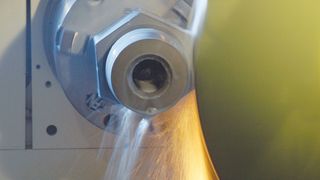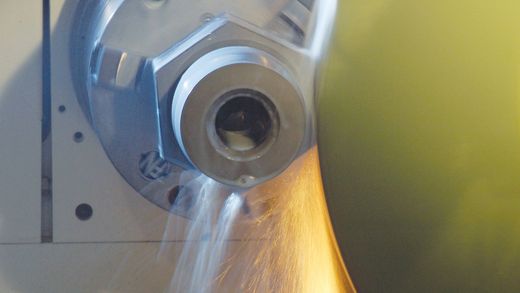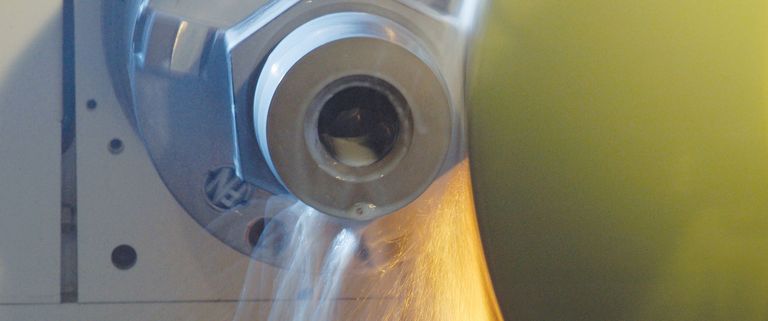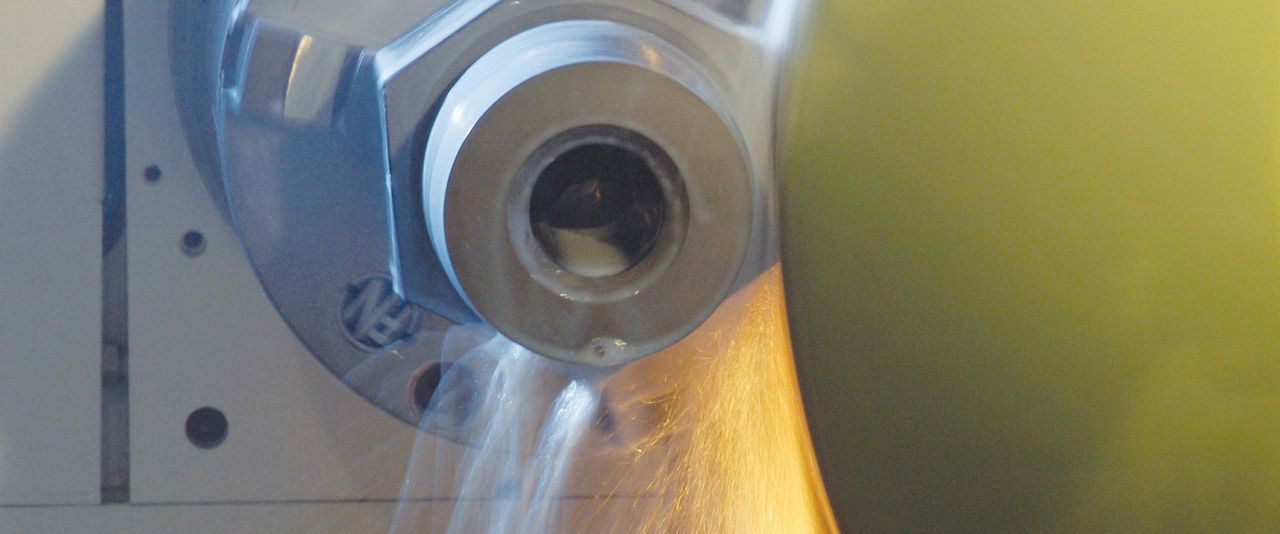How to prevent form errors in cylindrical workpieces.
Successful cylindrical grinding creates geometrically accurate results that meet the defined dimensions for each individual part. In contrast to easily identifiable grinding issues that become obvious after a quick visual inspection of the surface quality, a host of issues can be harder to identify as they affect the overall shape of the workpiece and not just its surface quality. To diagnose these errors we need to understand the factors that influence the result of the grinding process.
One of the most frequent sources of roundness and runout errors in cylindrical grinding are the centers in your parts. Just like the small contact surface of tires that maintain contact with the road, thus provide grip, the centers, a pair of conical contact surfaces, ensure the correct position of the workpiece and are responsible for its concentricity. If one of these centers deviates from the predefined geometry, your part will not be ground correctly.
An ideal center is perfectly round, not oval and free from burrs. The two centers that are used to clamp a part must be concentrically aligned. If these prerequisites are not met, the workpiece is unable to rotate correctly because there is no genuine center axis. The results can be seen in the form of roundness errors on the ground workpieces. Frequently the solution to the problem is to regrind the centers that do not meet the requirements.
How does unwanted taper develop?
Geometric problems in the form of taper may originate from the workpiece dimension itself. Long, thin parts can have poor grinding results if the coolant pressure on the part pushes them off centerline. For this type of application it is important to use as little coolant as possible. The workpiece can also be pressed off centerline when using a wheel that is too wide. If the ratio of the workpiece length to the smallest diameter exceeds a factor of 10, geometric grinding errors are unavoidable when failing to use a minimum of one steady to compensate for the bending forces applicable during the grinding process. To counteract this and to stabilize the workpiece, position the steady in the center of the workpiece.
Taper can also develop if the dressing tool is insufficiently cooled, leading to thermal growth of the dressing tool and thus a conically dressed grinding wheel. Both worn dressing tools as well as dressing tools that are not positioned at the same center height as the grinding wheel can also have negative effects. An unstable clamping of parts, incorrect feed and/or insufficiently long overtravel of the grinding wheel at the end of the part, in extreme cases even a poor alignment of the tailstock and workhead can also be reasons for unwanted taper.
Form errors on cylindrical workpieces may also be the result of grinding wheel issues. For example, premature grinding wheel wear can indicate the necessity for a harder wheel. Poor dressing results can require a re-thinking of the dressing procedures and equipment. It is also important to make sure that blunt grinding wheels are not returned to production without having been properly dressed.
Geometric error. What now?
Before a workpiece even reaches the operator of a grinding machine it has gone through many processes. With all this effort, the last place you want the part to land, is the scrap bin. If geometric errors occur on your cylindrical grinding machines, there is no need for you to worry about potential causes and solutions.
STUDER offers you training opportunities that you can take advantage of at any time: starting with the purchase of new machines to production support or training of your personnel. These training courses help you and your personnel to understand where problems begin and how they can be solved.









